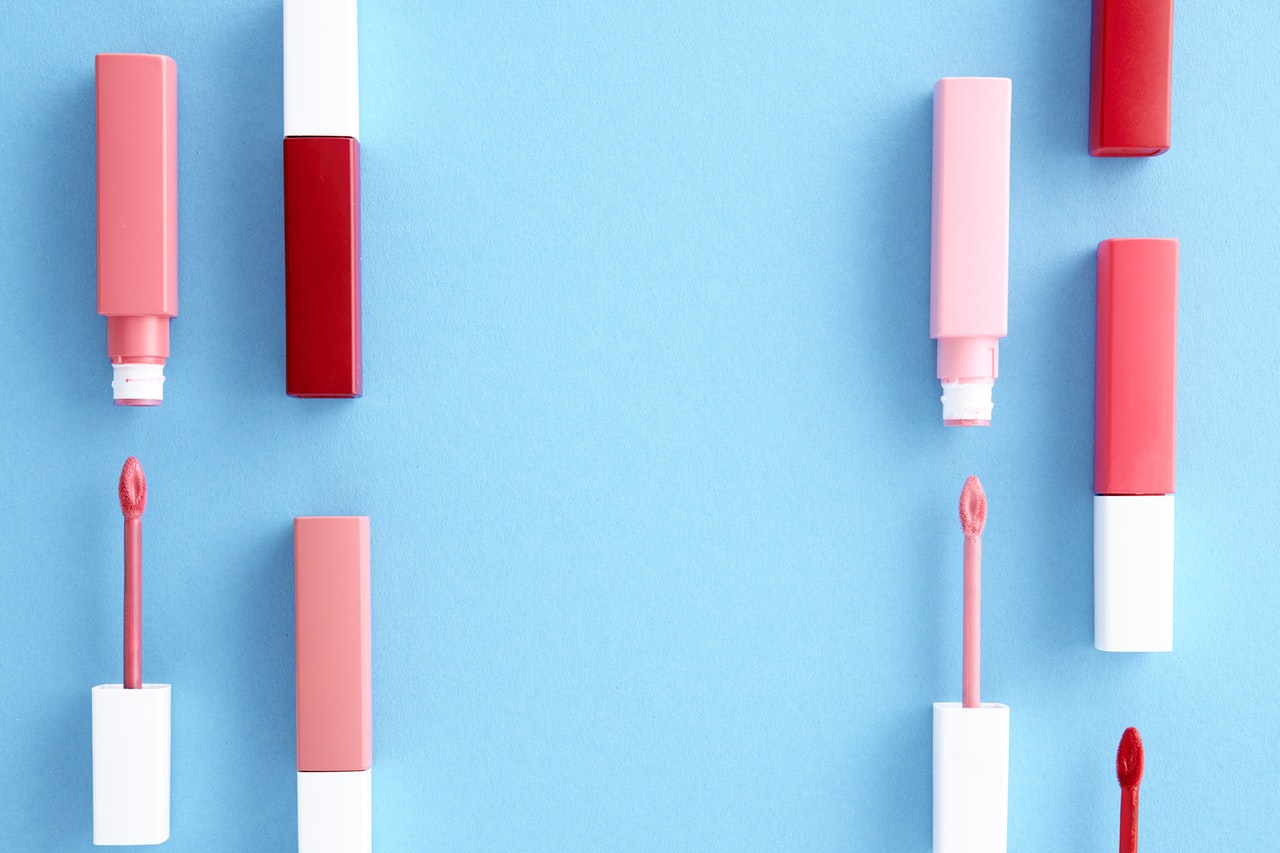Beauty is not more than just skin-deep. It is also technologically-driven. At the heart of the beauty industry are technology and digitization. The approach to manufacturing beauty products has changed because consumers have become more demanding, too. The challenge for beauty companies is to keep customers who are being marketed to by other beauty companies. But to rise above that noise, manufacturers of beauty products have to do one thing: turn to technology.
There has been an increasing interest in beauty tech this past year. That is largely driven by advances in smartphone technology and the threat of independent native beauty brands who are now giving big-brand cosmetic names a run for their money. These native brands will usually market themselves as using the most natural and organic of ingredients for their products. They bank on their consumers’ need for more environmentally-friendly skincare and cosmetic products.
Beauty Tech
Big brands like Loreal are joining the game. They coined the term beauty tech to refer to devices driven by artificial intelligence and the internet of things (IoT) to provide personalized skincare services to consumers. Augmented reality devices and apps allow customers to try on a range of cosmetic products to find what suits them best. The personalization of these products is on another level, too.
But more than the better services, beauty tech also paved the way to address the common beauty problems among people. For so long, people with curly, wavy, and frizzled hair find it hard to use a regular blow dryer because curly hair is fragile. The heat from the blow dryer can damage the natural curls. Now, thanks to the blow dryer diffuser attachment, people with curly hair can enjoy the benefits of blow-drying their hair. They need not worry about how the heat can affect their curls.
Skin Microecology Development
Microecology refers to the ecology of all or parts of a small community or organism. In terms of the beauty industry, microecology refers to understanding the many different components, layers, and cells of the skin. This understanding led to the production of new ingredients that are safer and more efficient at what it promises to do. The innovation of raw materials—not derived from plants and animals—enabled cosmetic manufacturers to explain in detail what each ingredient in a cosmetic product contains.
Chemists and biologists, for example, came up with injectables and collagens. They were able to recreate raw materials that have to be derived from animals and plants, sometimes in a way that will harm the environment. With the use of microecology, there is a responsibility shared between manufacturers and consumers.

Personalization
More than 50% of women complain that they cannot find the right shade of foundation, lipstick blush-on, and so many more for their skin color. Even in terms of skin care, people are finding it hard to find the right skincare products that their skin will not react to. That’s why beauty brands came up with a device to help customers find the exact shade they need for their cosmetics.
The devices use artificial intelligence to collect data and interpret that data. It works by figuring out your exact skin tone and using stored data and algorithms to mix the color of foundation you need. For skincare products, artificial intelligence works by identifying the problems and risks and comparing these with the ingredients contained in each bottle of skincare product.
Try-on Apps
Image recognition and facial tracking allow try-on apps to work almost perfectly in showing customers how they would look with a certain shade of foundation or other make-up products. The app will let you try hundreds of different shades of lipstick and foundation to find the right one for you. Each company produces a separate and personalized app so that the shade the app recommends is one of those available from the brand.
The technology works because it recognizes where your facial features are before it applies the colors on your face. Of course, there’s nothing compared to actually trying on the products in real life, but the app is a good enough substitute. This is especially helpful today when people are trying to practice social distancing.
In a world forever changed by technology, it is nice to see how it benefits consumers even in the beauty department. As long as technology makes things easier for people, it will continue to be relevant and be the piece that holds the world together. And true enough, this power that it wields will allow the beauty industry and its consumers to flourish like never before.

